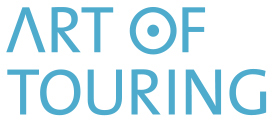Forget Berlin’s cool detachment or Munich’s polished charm—Cologne is where Germany lets its hair down. Loud, proud, and full of heart, this city doesn’t try to impress you—it just wins you over.
Whether it’s the smoky scent of bratwurst wafting through a beer hall, a spontaneous street party during Karneval, or locals tearing up at yet another ode to their beloved hometown, Cologne has a way of getting under your skin in the best possible way.
Germany’s fourth-largest and arguably most cheerful city has some great sights to offer. But some traditions and customs are quite peculiar. If Cologne is on your must-visit list – and it should be – here are some things you need to know before you visit. This guide breaks down the essential traditions, local customs, and unexpected personality traits of Cologne so you can hit the ground running (and celebrating).
Everything You Need to Know About Cologne Before Visiting
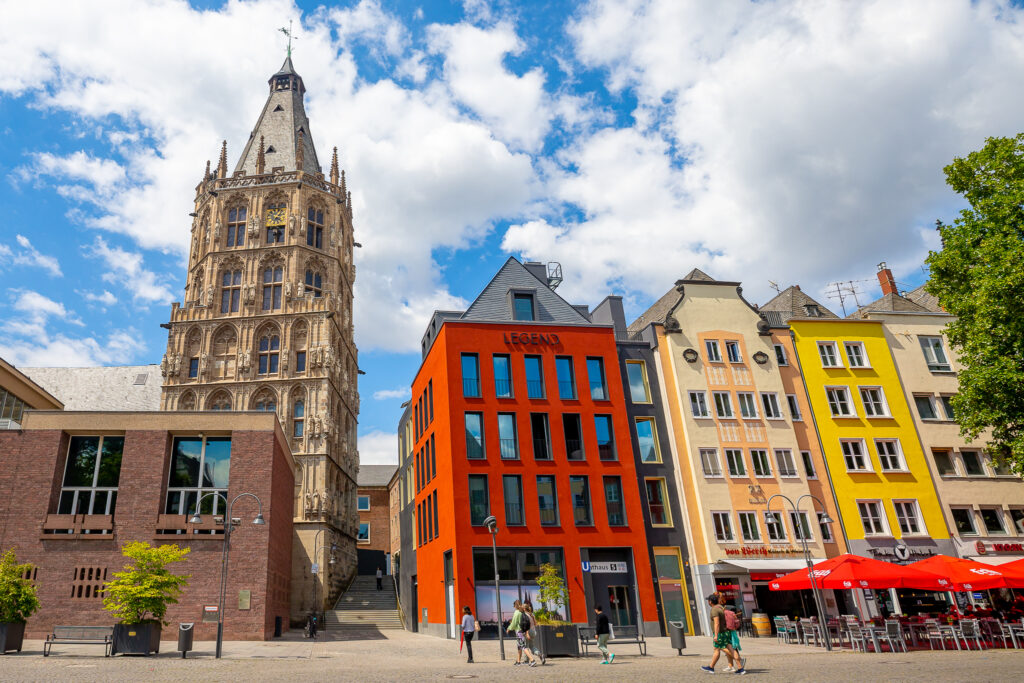
Local Traditions in Cologne
Kölsch Beer
Like many cities in Germany, Cologne residents are passionate about their beer – as are we at Art of Touring. The local brew is called Kölsch and it is beloved by the citizens of Cologne. There are a number of fabulous breweries and taprooms around Cologne where you can sample Kölsch beer.
In order to be properly called a Kölsch, German regulations stipulate that the brewery must be within 30 miles of the Cologne Cathedral and must brew the beer according to the Reinheitsgebot, or German purity law.
Kölsch is the only beer in Germany to have a special protected geographical status. In case you aren’t familiar with Kölsch beer, it is a clear, light, and crisp lager that is perfect for drinking all year round, but especially on warm summer days.
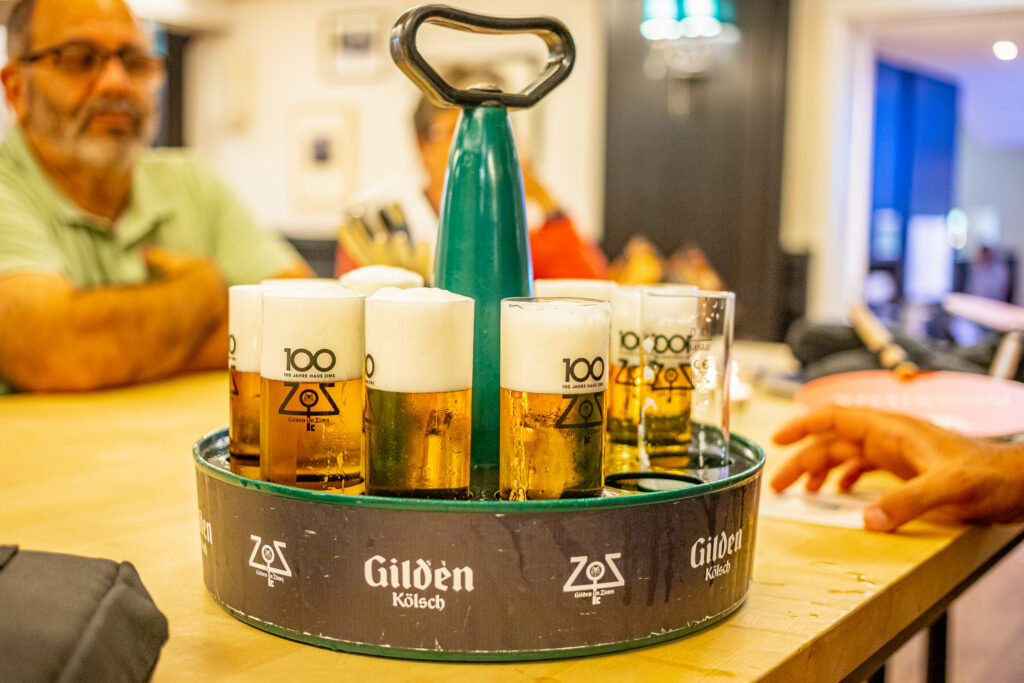
Brauhaus Culture
Sipping down a crisp Kölsch at one of Cologne’s many brewhouses is a must do activity for first time visitors. Before you head into the bar however, there are a few special rules and behaviors to know ahead of time.
- Don’t order anything but Kölsch unless you want to raise eyebrows.
- Don’t expect a chatty smiling bartender ready to serve you a custom drink or fancy cocktail.
- Köbes, or the waiters at a brauhaus, take their job quite seriously and often have a slightly grumpy or disgruntled attitude. Think of it as part of the local charm.
- Kölsch beer will typically be served in dainty .2L glasses, not a massive beer stein or glass mug like you might expect. Called Stange in German, these special glasses ensure that your beer never gets warm.
- You should cheers (or Prost!) these glasses from the bottom instead of the top.
- The Köbes will continue to bring you glasses of Kölsch practically as soon as your glass is empty. They’ll mark your coaster with a tik mark, keeping count of the number of beers you had.
- If you’re done drinking for the day, simply put the coaster on top of your glass and the Köbes will know that you’re ready to pay.
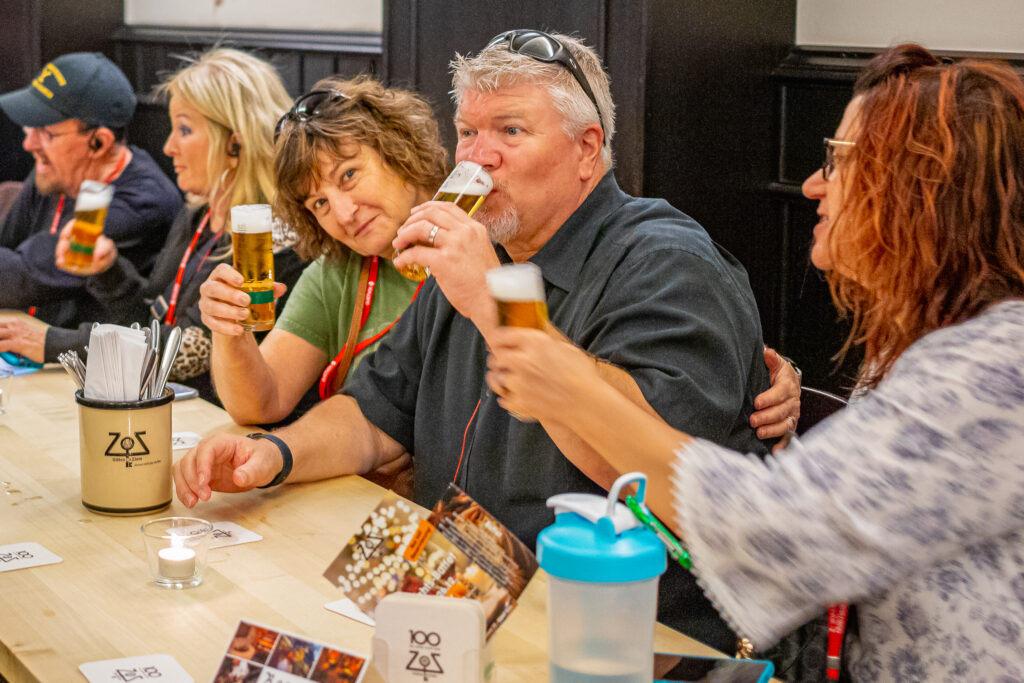
Karneval
The city of Cologne is the undisputed hub of Carnival (Mardi Gras) celebrations in Germany. Called Karneval in German, millions of people fill the streets of Cologne every year to party, celebrate and let loose before the lenten season begins on Ash Wednesday. The Karneval spirit runs deep in the blood of Kölsch people.
The planning for this celebration traditionally begins at 11:11 on November 11, and runs all the way through until early February. The apex of the celebrations is on Rosenmontag, or Rose Monday. Over a million people come to see the 8km parade on Monday, which includes hundreds of floats, bands and local celebrities.
If you’ve never visited Cologne during Karneval, then you need to add it to your bucket list – this is truly something special! There are a number of special traditions for Karneval, including costumes, songs and activities per day of the week. We summarize everything you need to know about Karneval in a separate blog post if you are interested in learning more.
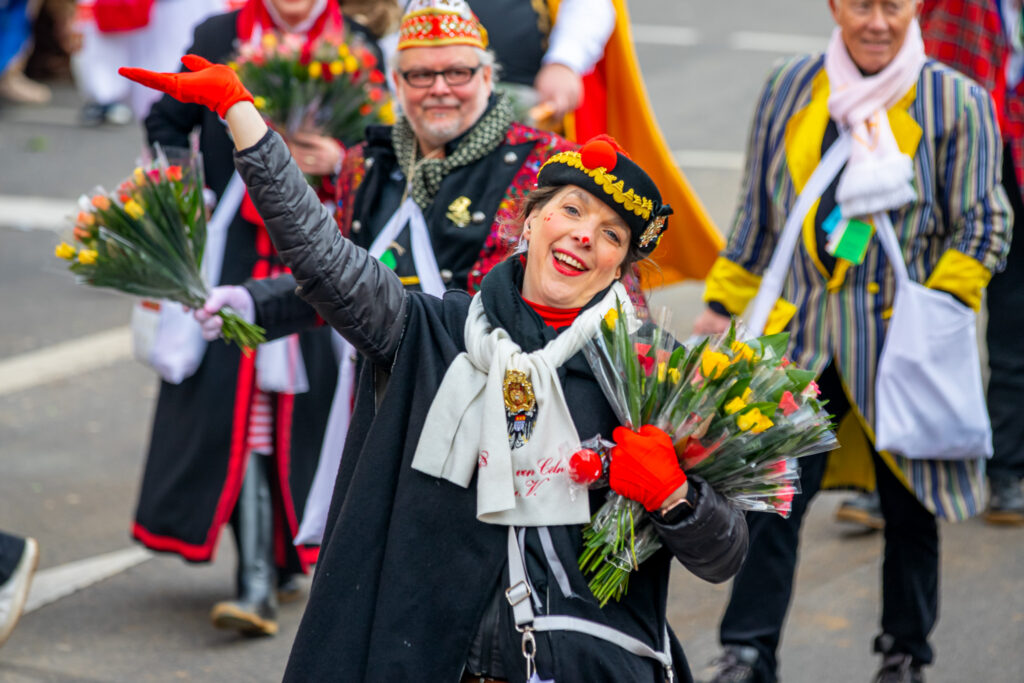
Anecdotes & Interesting Facts About Cologne
Hometown Pride
Cologne locals (Kölner) are famously proud of their city. Think of it as a local patriotism. This deep-rooted loyalty goes far beyond sports, though the devotion to 1. FC Köln runs deep. It manifests in local’s loyalty towards their football team, Kölsch beer, and countless Karneval songs that celebrate the city.
One of the taglines of Cologne is “köln ist ein gefühl” which means, Cologne is a feeling. The city has a vibe, a feeling, and a fierce emotional attachment—summed up in dozens of beloved Karneval songs and the unmistakable gleam in a local’s eye when you say you’re visiting for the first time.
Rivalry with Düsseldorf
Whatever you do, don’t compare Cologne to Düsseldorf. As much as Cologne locals love their city, they despise Düsseldorf. This centuries-old rivalry shows up in football matches, beer preferences, and regional pride. Nowadays, it is mostly a friendly rivalry. But the dislike runs deep, so it is best to tread lightly.

LGBTQI+ Capital of Germany
Cologne isn’t just proud—it’s fabulously proud. Long known as Germany’s most LGBTQI+-friendly city, it offers a welcoming, open-minded atmosphere that has been nurtured over decades. Cologne’s progressive mindset dates back to the post-war era, when it became a safe haven for queer communities in Western Germany. By the 1960s and 70s, it had developed one of the country’s most visible and organized LGBTQI+ scenes, long before it was widely accepted elsewhere.
Today, that inclusive spirit is deeply woven into the city’s identity, politics, and culture. Cologne is home to numerous advocacy organizations, including the LSVD (Lesbian and Gay Federation in Germany) and Rubicon, which offer resources, counseling, and events for LGBTQI+ individuals.
If you’re planning a visit in summer, Christopher Street Day (CSD)—Cologne’s version of Pride—is a must see festival. Held annually on the first weekend of July, it’s one of the largest Pride events in Europe, drawing over one million attendees from across the continent.
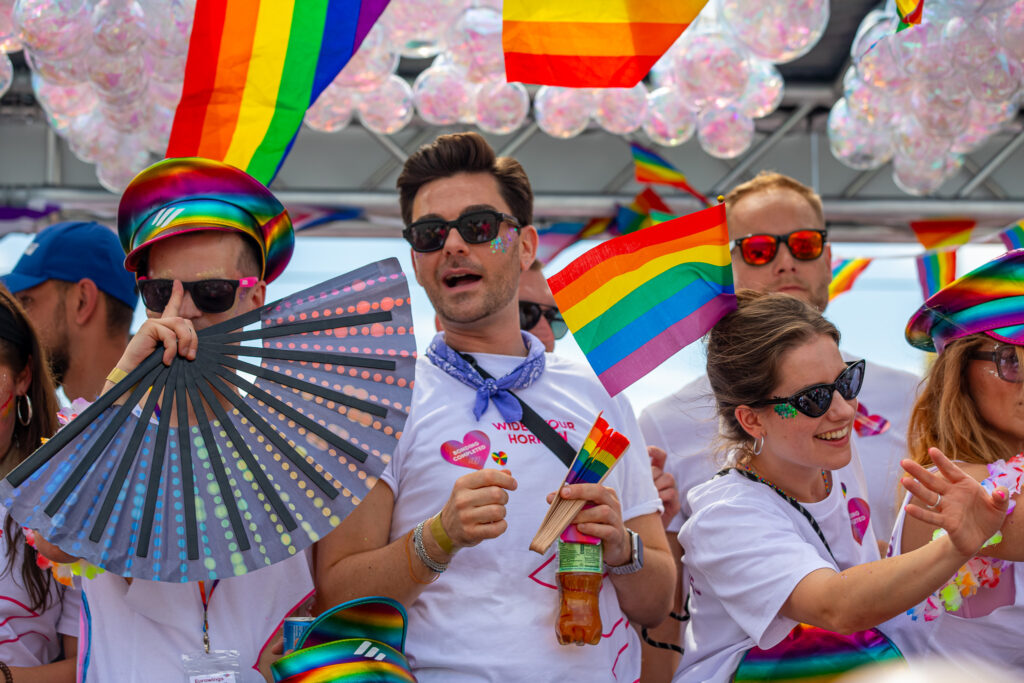
Neighborhoods are Everything
Cologne might be made up of 86 official districts, but ask any local where they live and they’ll tell you their Veedel. This is the name of a neighborhood in the local dialect of German. These micro-neighborhoods are the heart of community life—places where people grab coffee at the corner kiosk (Büdchen), know their baker by name, and meet friends at their regular pub (Weetschaft).
Many of the neighborhoods have distinct characteristics about them. Some Veedel are more trendy or more residential. Find your favorite Veedel in our Cologne neighborhood guide. Confused by overlapping neighborhood names like Rathenauviertel, Kwartier Latäng, and Univiertel? Don’t worry—you’re not alone. Locals use them interchangeably.
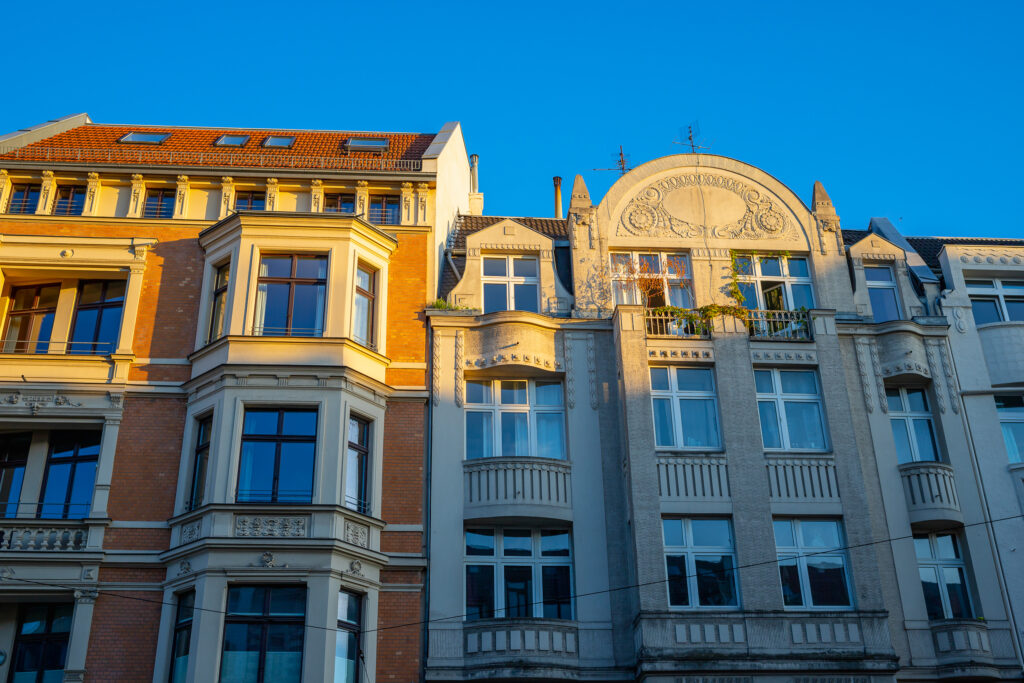
Travel Logistics for Cologne
When to Visit Cologne
Cologne is a year-round destination, but certain seasons offer distinct experiences:
- Spring/Summer (May–September): Outdoor cafés, festivals, and Rhine River cruises.
- Karneval Season (February or March): The city’s most colorful and chaotic week. Make sure you’re prepared for the experience with our complete Karneval guide.
- Christopher Street Day (CSD)—Cologne’s version of Pride—is a wonderful time to visit Cologne. Held annually on the first weekend of July, it’s one of the largest Pride events in Europe, drawing over one million attendees from across the continent.
- December: Cologne’s Christmas markets are among the best in Europe. Our favorite Christmas Markets in Cologne are summarized here so you know exactly which ones to visit.
How to Get Around Cologne
Cologne has an efficient public transport network (KVB) with trams, buses, and local trains. The inner city is compact and walkable, especially around the Old Town, Cathedral, and riverside.
Local Tip: Rent a bike to explore the greenbelt or ride along the Rhine promenade. Better yet, sign up for a bike ride with Art of Touring to have a guided cycle experience.
What to See in Cologne
Cologne can trace its roots all the way back to Roman Times, nearly 2,000 years ago. Cologne really is old, giving whole new meaning to Old Town. One of its most appealing things to do as a first time visitor to Cologne is exploring the walkable Altstadt or Old Town of Cologne. We summarize our 10 favorite attractions to see in Cologne’s Old Town, but a few of the highlights you shouldn’t miss around Cologne include:
- Cologne Cathedral (Kölner Dom): A UNESCO World Heritage Site and the city’s spiritual and architectural centerpiece.
- Museum Ludwig: World-class modern art, including one of Europe’s best Pop Art collections
- Hohenzollern Bridge: Iconic for its panoramic views and love locks.
- Cologne Cable Car: For views over the Rhine and the city skyline.

